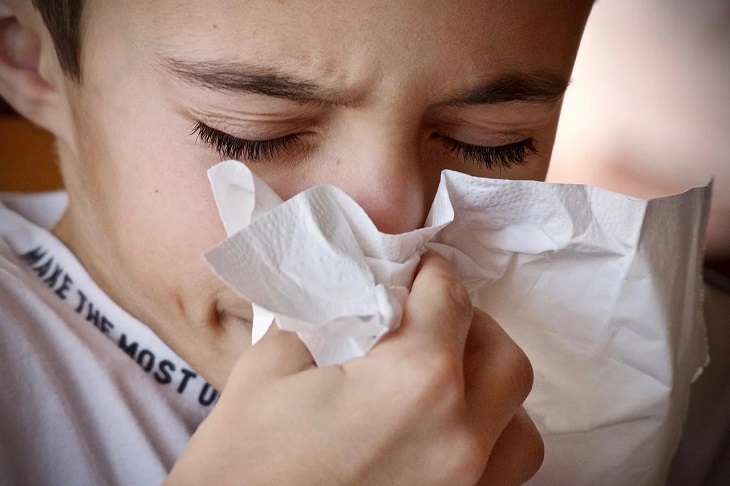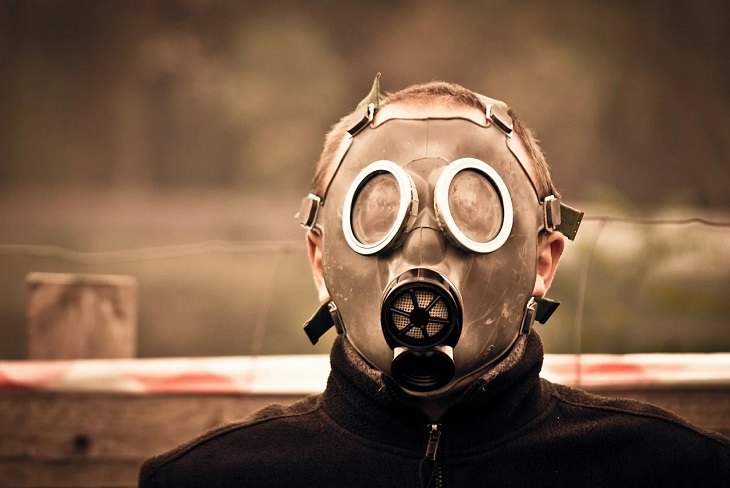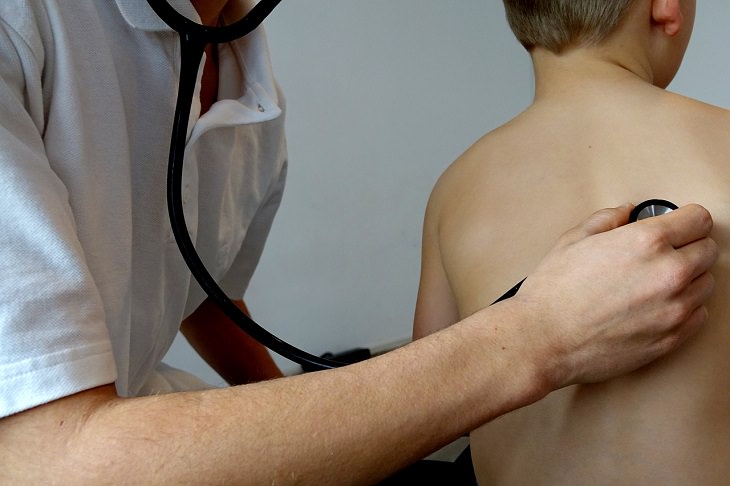An outbreak of a new deadly strain of the Coronavirus in China has forced the U.S Center for Disease Control and Prevention (CDC) to increase and modify Health screenings at airports to limit the spread of this virus in America. These measures were last required between 2013 and 2016, during the outbreak of the Ebola virus, which has since been contained. However, despite the best efforts, evidence of this virus has been found in the city of Seattle, Washington.
While the coronaviruses themselves are fairly common, this particular strain appears to be spreading fast and has a higher mortality rate, with 9 people dead out of the 300 infected. Nonetheless, there is no reason to panic. Staying vigilant and keeping yourself well informed can go a long way in helping you remain healthy. Here is everything you need to know about this new strain of the Coronavirus.
What is a Coronavirus and how does it spread?

Despite the deadly nature of this particular strain,coronaviruses themselves are quite common, and can often be non-lethal. This family of viruses can cause a wide range of illnesses from the common cold to pneumonia, which bear similar symptoms and mostly affect the respiratory system. Coronaviruses are actually most common among animals, but in some rare cases, the viruses can be what the CDC refers to as ‘zoonotic, meaning they can be transferred from animals to humans. Once manifested in the human body, it can be spread much like a normal infection, through saliva and other bodily fluids of infected persons, depending on how virulent the virus in question is.
What are the symptoms?

The symptoms of coronaviruses bear a strong resemblance to that of a common cold, that is, coughing, headaches, a sore through and runny nose, and, in some cases, fever. In mild and moderate cases of this infection, the symptoms only last for a few days.
In more severe cases, and in people with weakened immune systems, usually, the very old and the very young, the infection can lead to more severe diseases that have stronger effects on the respiratory tract, like bronchitis and pneumonia. These usually present with respiratory distress and shortness of breath. There are only a few strains of the coronavirus that, like the current strain being spread from Wuhan, are fatal.
The Deadly Strains

The most well known fatal coronaviruses are MERS and SARS, both being major respiratory tract illnesses.
The Middle East Respiratory Syndrome, more commonly known as the MERS virus, shares symptoms similar to ordinary strains of the coronavirus, but with much more severe effects on the respiratory system. First reported in the Middle East in 2012, the CDC stated that during the peak of the spread of this infection, 3-4 out of every 10 patients died as a result of this illness. It is believed that this particular strain originated from a camel.
The second virus to have had a high mortality rate is the Severe Acute Respiratory Syndrome, or the SARS Virus. This virus had even more severe symptoms than MERS, resulting in not only damage to the respiratory system which heavily impaired breathing, but also causing diarrhea, fatigue, and kidney failure. The overall mortality rate of the SARS virus was only 10% of total infected persons. However, in persons above the age of 65, the chances of death were 50%. This disease killed nearly 600 people across the Asian continent.
Who can be affected?

Much like Ebola, which was spread by fruit bats, coronaviruses like the newly discovered Wuhan virus was first spread between animals before being passed on to humans. According to the WHO, SARS was believed to be spread by civet cats, and MERS by camels. Once the virus has been passed on to humans, it can be spread through the secretions of infected persons. This virus is believed to have originated at a seafood market in Wuhan which was rumored to also hold and sell live animals.
The exact nature of this infection is still being studied, and it is yet to be determined how severe the virus is. Despite 9 people out of the 300 infected dying, most people that caught the infection mostly experienced symptoms resembling that of severe cold and fever for a few days. The people most vulnerable to this infection, and likely to suffer from more severe symptoms are people with weak immune systems. This includes children, elderly persons, people in recovery from major surgeries or illnesses, and pregnant women.
While research is still being conducted to determine the exact nature of this virus and how it spreads, there could also be possibilities of the virus being spread to pets. A study conducted in 2011 determined that some forms of the coronavirus could infect pets, spreading an illness called feline infectious peritonitis in cats and pantropic canine coronavirus in dogs, both of which resulted in symptoms like diarrhea, and in some cases, death. While these viruses may be fatal to pets, there does not appear to be any evidence of dogs or cats passing on these infections to people, unlike SARS, MERS and the Wuhan virus.

This outbreak of the coronavirus, while not the first of its kind, has posed a unique and never-faced-before challenge to the Chinese health authorities, and health authorities world over. This is because the outbreak occurred just before the start of the Lunar New Year period. Of course, there is no such thing as a good time for an outbreak of infectious disease, but this particular time of the year creates a far greater threat of this infection reaching epidemic levels.
During this holiday, which is one of the most important in the Chinese calendar, millions of residents make use of the time off to travel, by any means necessary, for family reunions and trips abroad. In the previous years during Lunar New Year's, nearly 7 million Chinese residents traveled abroad. In this age of global connectivity, this new coronavirus has spread all across Asia, to Thailand, South Korea, Japan, and, as of January 21st, 2020, the United States.
How to treat it

This infection, for the most part, appears to present itself as a common cold and as such, usually requires no specific treatment. Much like with a cold and sore throat, the symptoms often go away on their own after a few days. Hot showers can help manage symptoms, as well as using a humidifier. Plenty of rest and fluids can provide crucial help. In case of headaches or particularly painful symptoms, a doctor can prescribe medications to alleviate the discomfort. However, in case of more severe symptoms and extreme pain or discomfort, see your doctor immediately.
How to prevent it

Despite this infection’s virulent nature, the health authorities world over, like the CDC are working hand-in-hand with the WHO (World Health Organization) to study this strain of the coronavirus, determine how best to stop further spread of the disease and treat it, and keep people everywhere informed of the risks. Health screenings and tests are being conducted at various airports to check for the disease and limit its spread. The WHO has also come up with an interim set of guidelines for all countries on how to monitor and treat sick people, test for the virus and communicate with the public.
Unfortunately, there are currently no vaccines that can protect people from this virus, though heavy research is underway for the development of a vaccination for the Wuhan virus in China, Texas and New York. Trials for a MERS vaccine are also in progress in Saudi Arabia.
The best way to avoid catching this infection is to keep your distance from other people that may be infected and are presenting with symptoms of a common cold or sore throat. Wash your hands regularly with soap and avoid touching shared surfaces. Carrying hand sanitizer can also be useful.
In case you are sick, suffering from a cold, cough or sore throat, remain indoors and steer clear of crowded places. Cover your nose and mouth whenever you cough and keep any surfaces in your home or general area disinfected. This might also be a good time to avoid any major traveling. Celebrate this Lunar New Year by staying home and staying healthy.
Source: Everything You Need to Know About the Coronaviruses